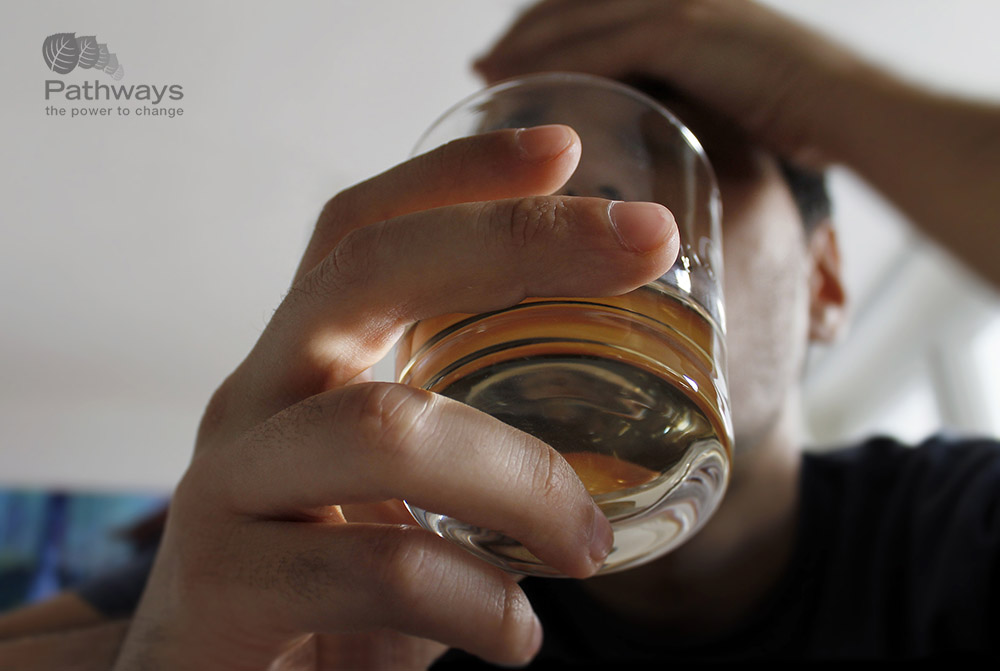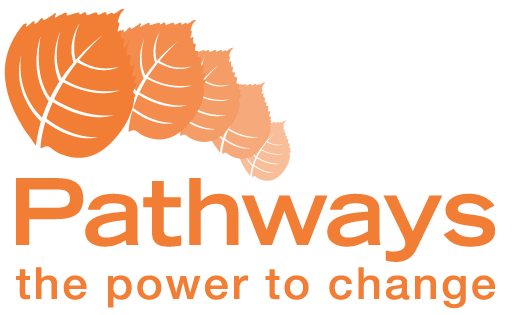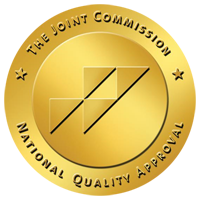The three levels of prevention for substance abuse are part of a framework and set of practices for preventing, managing, and treating substance use disorders. Rooted in socio epidemiological research, these practices have been widely adopted for substance use prevention and treatment. They are widely used in healthcare settings, schools, and treatment facilities, as well as at the community and policy level.
Each of the three different approaches plays a different role in helping individuals — and communities — heal from substance use disorders. Each is designed for a different level of prevention, from stopping substance use before it starts to treating serious addiction. In this article, we’ll go over the differences between the three and help you find the right treatment resources for you or your loved one.
Primary Prevention
Primary prevention is meant to stop drug abuse before it starts, largely at the macro level. It focuses on spreading awareness, educating communities, and reducing risk factors that can lead to substance abuse.
For example, it’s widely known that addictions tend to develop in communities that lack public resources and opportunities for growth. Primary substance abuse prevention, then, focuses on developing stronger schools, community resources, job opportunities, and recreational activities.
A primary prevention program might consist of several different educational and awareness campaigns, like the school-based DARE program, as well as classes for parents. It could also include online, TV, radio, and billboard campaigns to spread understanding about drug use.
It could also include initiatives that strengthen communities and individuals without directly discussing drug use. For example, meditation, stress prevention, and coping skills classes for adults, and afterschool activities to keep kids engaged and off the streets.
At the policy level, primary prevention includes stricter laws and environmental efforts to discourage substance use. This can include raising the drinking age, creating drug- and alcohol-free community spaces and events, and banning certain ads and paraphernalia.
Secondary Prevention
This phase of substance abuse prevention targets people who are at higher risk, or already using alcohol and/or other drugs. It’s meant to prevent experimentation from developing into full-blown addiction, and minimize harm in people already using substances.
For example, secondary prevention can include drug screening and counseling at schools and in healthcare settings. It also includes Employee Assistance Programs (EAPs) and other forms of short-term workplace support.
To promote safety for people already using, secondary prevention can also include measures like pill testing at festivals so users know what they’re taking. These programs can help prevent unsafe drug use or overdose, and prevent diseases from spreading in people who already use drugs casually.
Secondary prevention can also include support and counseling programs for children of alcoholics and substance users. The idea is to break the generational cycle of substance abuse and addiction before it repeats itself again. By educating the next generation about the problems caused by substance abuse, they’re less likely to make the same decisions as their parents.
Finally, a crucial component of secondary prevention is what’s called a legal diversion program, which provides alternatives to jail or prison for first-time offenders. This helps people get rehabilitation and counseling instead of jail time, addressing root causes of addiction before they destroy a person’s life.
Tertiary Prevention
Tertiary prevention is what most people think of when they think of substance abuse treatment rehabilitation. It includes any strategy that is meant to help people get treatment for and recover from an existing addiction.
The most obvious examples are rehab facilities with outpatient and inpatient treatment programs for substance abuse recovery. It also includes individual and group therapy, as well as 12-step programs like Alcoholics Anonymous or Narcotics Anonymous. Tertiary prevention also consists of medication-assisted treatment (MAT) protocols like methadone clinics, and the use of Suboxone or naltrexone.
This stage of prevention also includes ongoing support programs, including peer coaching (sponsorship) and sober-living environments. This works best in conjunction with supplemental services like employment training, housing assistance, and case management — remember, the more resources, the better.
Tertiary prevention, like secondary prevention, can also include measures designed to mitigate risk in people who continue to use drugs. This includes naloxone distribution, needle exchange programs, and safe injection sites for people addicted to injectable drugs, to help prevent disease.
Finally, a true prevention program isn’t complete without comprehensive mental health support. In addition to substance abuse counseling, these programs should also include therapy and other support to address underlying mental health issues.
Finding Your Way
If your loved one is experiencing addiction warning signs, it’s important to help them get help sooner than later. Substance use is much more treatable before it reaches the full-blown addiction stage. Learn to recognize signs like big changes in appearance, bad financial decisions, or neglecting important responsibilities. Don’t overlook symptoms of underlying mental health issues like depression, anxiety, or PTSD.
If you think you or a loved one might need inpatient treatment for substance abuse, reach out to Pathways to learn more about our options. We have a variety of inpatient and outpatient programs to treat substance abuse disorders as well as comorbid mental health conditions. Call (801) 895-3006, 24 hours a day, 7 days a week to speak to a real person. It’s never too early to get help and change the trajectory of your life or someone else’s.
Disclaimer: This blog post is for informational purposes only and should not be considered medical advice. Always consult with a qualified healthcare professional for personalized guidance.


